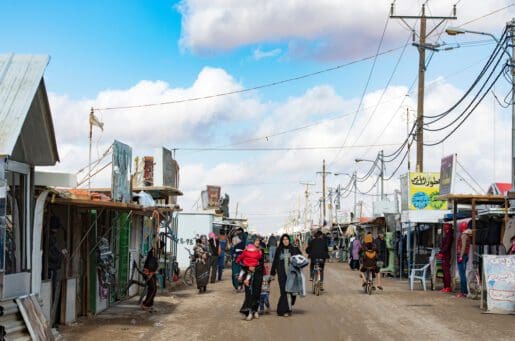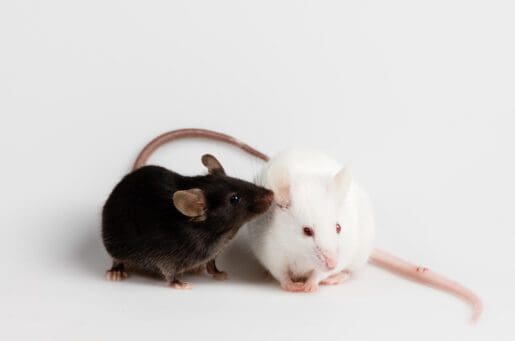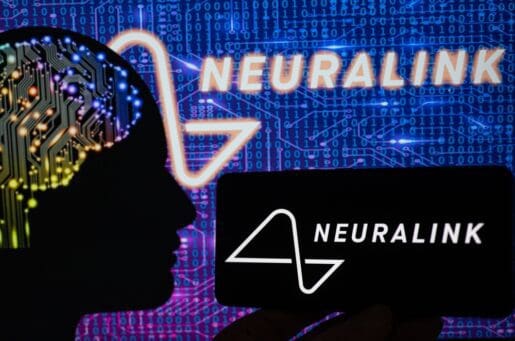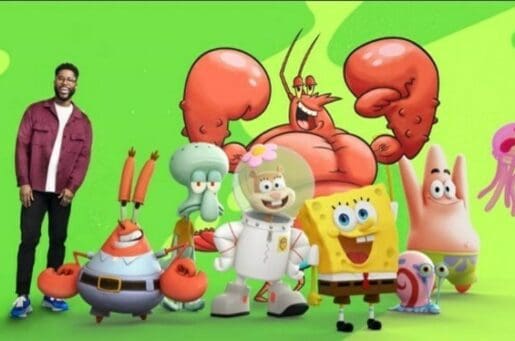Bioethics Forum Essay
Social-Change Games Can Help Us Understand the Public Health Choices We Face
Before there was the Covid-19 pandemic, there was Pandemic. This tabletop game, in which players collaborate to fight disease outbreaks, debuted in 2007. Expansions feature weaponized pathogens, historic pandemics, zoonotic diseases, and vaccine development races. Game mechanics modelled on pandemic vectors provide multiple narratives: battle, quest, detection, discovery. There is satisfaction in playing “against” disease–and winning.
Societies globally are responding to Covid-19 under differing political and economic conditions. In the United States, these conditions include mass unemployment and entrenched social inequalities that drive health disparities by race, class, and neighborhood. Real pandemic is not as tidy as a game. But can games, and the immense appetite for them, support understanding about the societal challenges we now face? Yes.
A well-designed game is structured as a flow chart or a decision tree. Games simulate challenges, require choices, and allow players to see the consequences of their decisions. Visual and narrative elements enhance these vicarious experiences. Game narratives can engage human capacities such as empathy, helping us to imagine the perspectives of people unlike ourselves. In The Waiting Game (2018), an award-winning digital single-player game designed by news outlets ProPublica and WNYC and game design firm Playmatics, the player starts by choosing one of five characters representing asylum seekers. The player is immersed in a day-by-day depiction of their character’s journey and experiences. Each “day,” the player must make a choice: give up or keep going?
Games can also engage the moral imagination by prompting players to reflect on competing values and implicit biases. In the single-player game Parable of the Polygons (2014), a player moves emoji-like symbols into groups. This quick game visualizes how decisions aimed at making members of a community happier can undermine a shared commitment to diversity when happiness relies on living near people “like me.” It is free-to-play on the website of Games for Change (G4C), a nonprofit organization that promotes the development and use of games to imagine and respond to real-world problems.
Also in the G4C arcade is Cards Against Calamity (2018), which focuses on local governance in a coastal town. This game, developed by 1st Playable Productions and the Environmental Law Institute, aims to help local policymakers foresee community planning challenges in balancing environmental protections and economic interests. Plague Inc. (2012) flips the Pandemic script by having players assume the pathogen role, winning by spreading. This game has been used as a teaching tool and has surged in popularity during disease outbreak: in January 2020, its designers issued a statement reminding players that Plague Inc. should not be used for pandemic modeling.
Games are also used as research tools. Jane McGonigal, director of game research and development at the Institute for the Future, studies the potential of games to foster optimism and support collective problem-solving. Her multi-player online game EVOKE (2010), co-created with Robert Hawkins, helps young adults grasp and respond to global challenges such as poverty. The use of EVOKE by large groups of players in different parts of the world has been studied to understand the potential of “gamified” ideas competitions to drive solutions to difficult problems. Tiltfactor, a Dartmouth-based game design studio led by futurist Mary Flanagan, has developed Values at Play, a National Science Foundation-funded initiative to support the integration of human values into games and explore the potential of social change games. Tiltfactor’s game Layoff (2009) was designed to study empathy, using a narrative based on the consequences of the 2008 global financial crisis. Aimed at a mass market audience, this game attracted over a million players in the first week after its release, suggesting the appetite for a well-designed game on a serious topic. Tiltfactor’s RePlay Health is a role-playing game intended to foster “player empathy and understanding for the many major decision points in the healthcare system.” Data on the experience of playing this game suggest a lasting effect on players’ attitudes.
Collaboration between game designers and experts in fields such as ethics, public health, sociology, and urban planning may offer fresh approaches to challenges of communication and policymaking during this unprecedented crisis. How wealthier nations should invest in health in poorer nations; how policymakers should take action on structural inequalities that create inequities in health and well-being, and how to communicate about vaccine risks and benefits are examples of topics that could be explored through games, supporting tools such as case studies and policy briefs. That games can be widely shared in web or mobile formats makes them ideal tools for remote collaboration and learning.
A good game engages our imagination, gives us problems to solve, and honors fairness. All are essential capacities in societies recovering from pandemic.
Kimberly Long Loken is an architect and assistant professor of game design at the University of Wisconsin-Stout, @LokenStudio. Nancy Berlinger is a research scholar at The Hastings Center.













Thank you Nancy Berliner and Kimberly Long Loken for your wonderful essay on the value of social-change games. I was lucky to learn first hand how engaging and educationally stimulating these games can be when my students and I played “Fish Banks” (https://mitsloan.mit.edu/LearningEdge/simulations/fishbanks/Pages/fish-banks.aspx), a web-based or board game in which players simulate heads of fishing companies who buy, sell and build ships to generate as much profit from fishing as possible. As over fishing begins to ruin the profits, players learn to negotiate with one another to manage resources sustainably. I will never forget how, at a critical moment in the game, the bell rang and everyone stayed glued to their seats!
My students and I were so enamored with the power of Fishbanks that we began making our own games. The information and links you include about a well-designed game and the links to curriculum designed to teach students the basics of game design will be very helpful to us as we move forward.
Until recently, I have preferred the board game over the web-based version, but as we will likely be continuing to use the elearning environment in one way or another, I now see the potential for these web-based games to be invaluable. While elearning provides teachers and students with opportunities to communicate ‘asynchronously’ and ‘synchronously,’ I believe that these kinds of collaborative activities that bring students together to discuss issues and solve problems with one another, whether in the physical classroom, online, or in a blended or hybrid learning environment, are essential for both intellectual and emotional growth.
————————————————————————————————————————————————-
https://www.nytimes.com/2020/04/09/learning/what-students-are-saying-about-remote-learning.html
https://www.cdc.gov/coronavirus/2019-ncov/daily-life-coping/stress-coping/young-adults.html